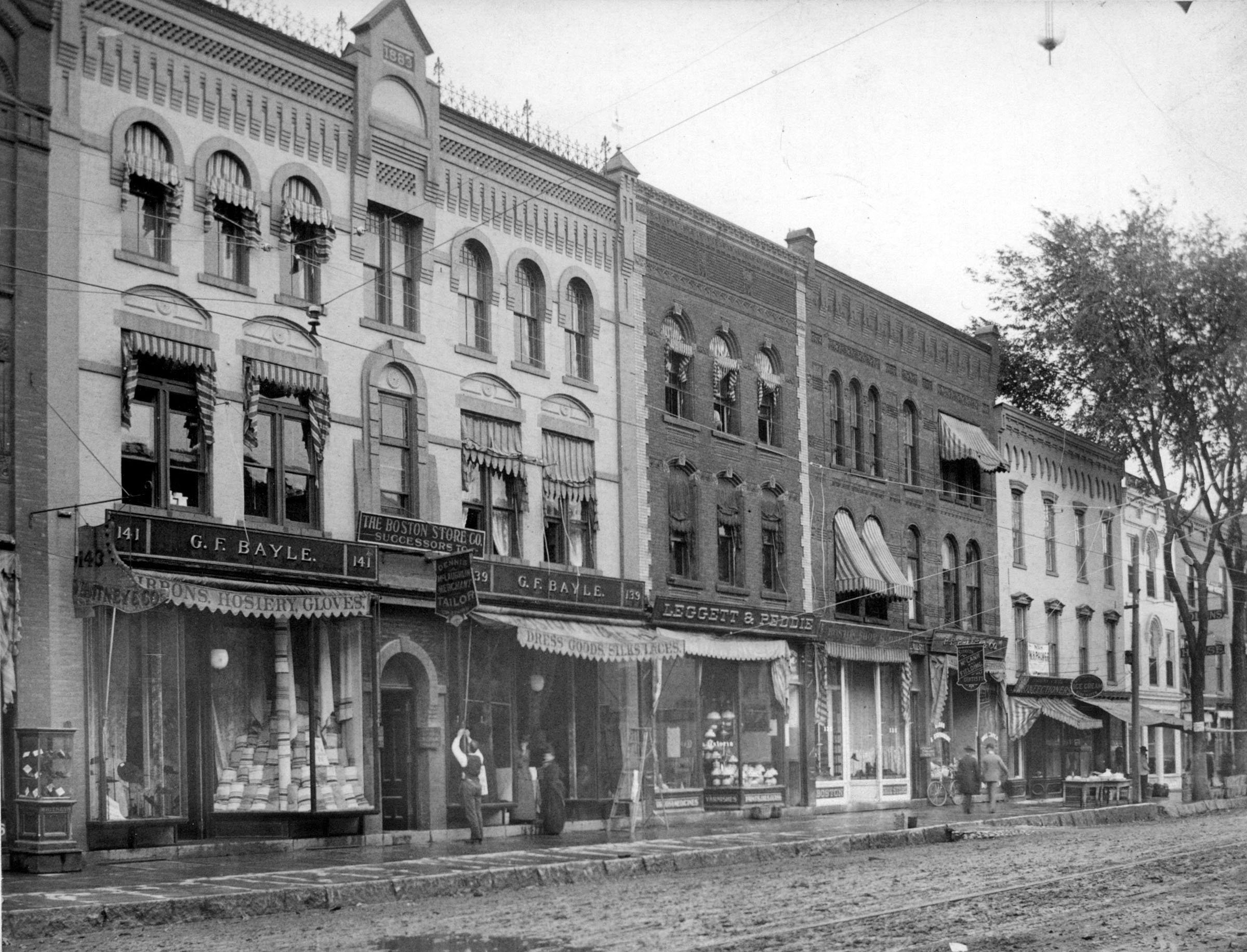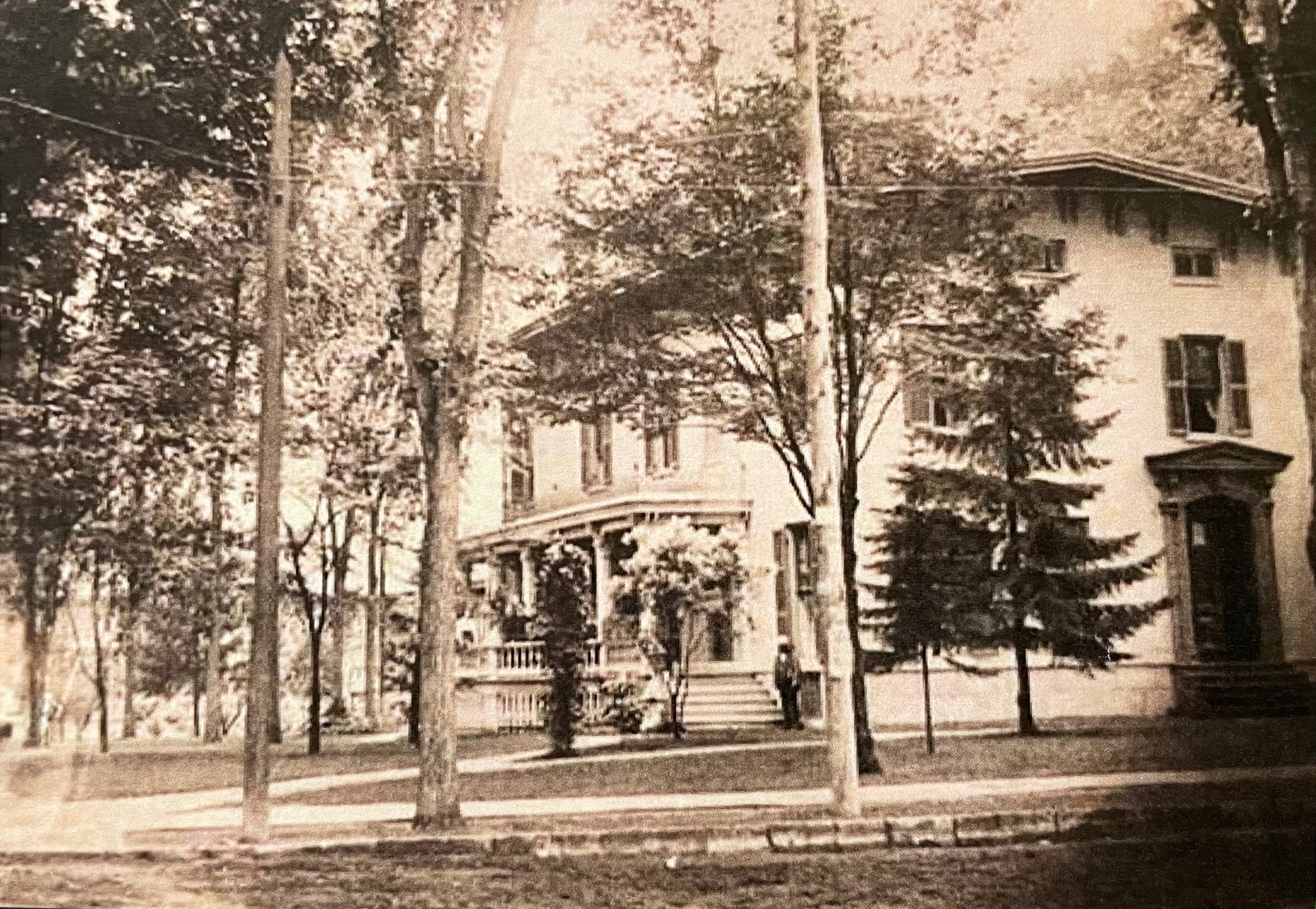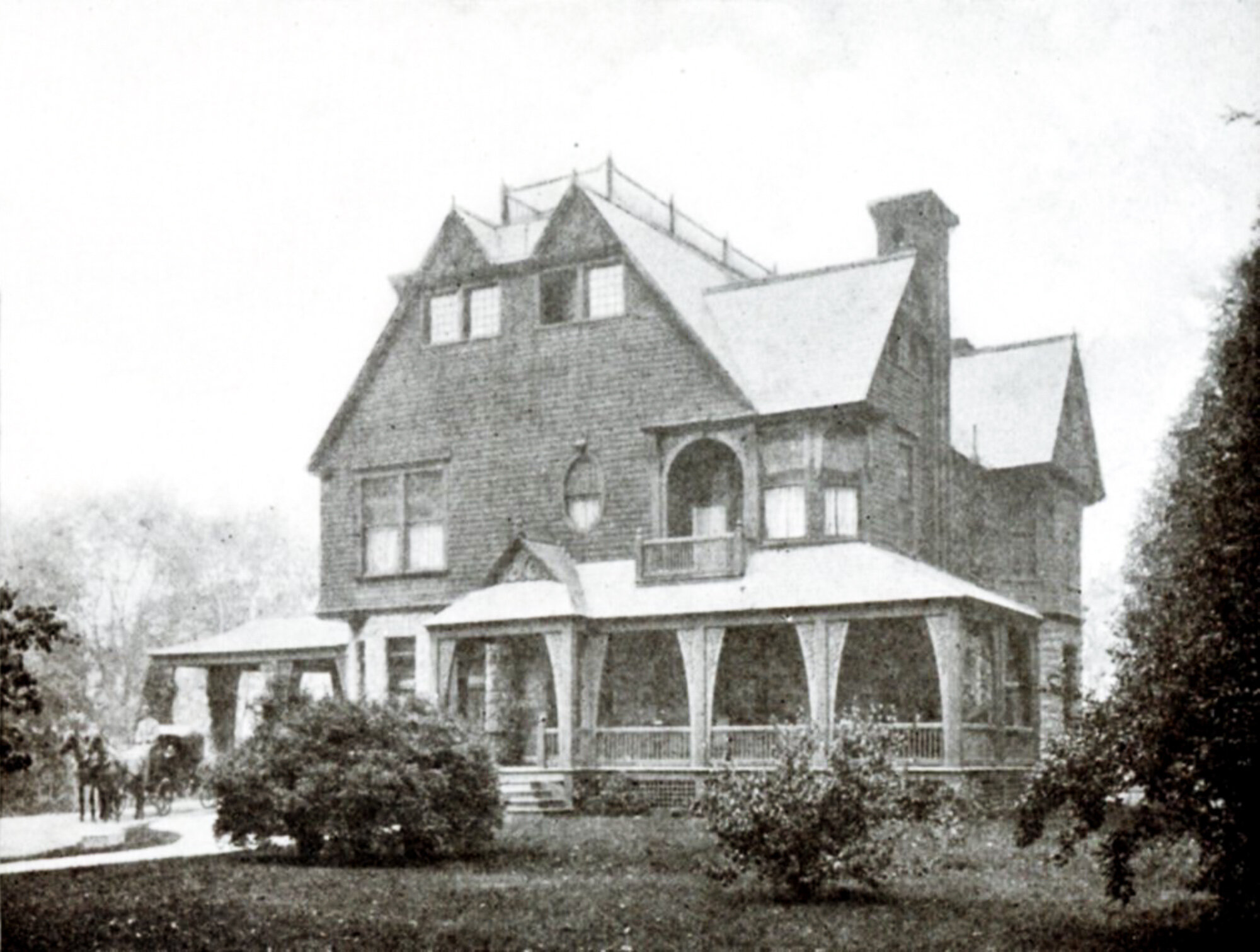Harold Lloyd Jenkins was torn between three potential careers when he graduated high school: music, the clergy, and baseball.
A contract the Philadelphia Phillies offered tipped the scales in one direction, but his decision process was interrupted.
“He never had to choose,” The Post-Star reported on April 15, 1980. “Uncle Sam intervened and Harold Jenkins was drafted into the Army.”
During his Army days, Jenkins, later known as Conway Twitty – a name taken from the communities of Conway, Ark., and Twitty, Texas – formed a band known as the Cimarrons that played clubs around Japan.
By the time of his discharge, he knew music was the career he wanted, even though the Phillies tried once again to recruit him.
To recognize the country music star’s interest in baseball, the new Glens Falls White Sox “drafted” Twitty as an honorary player when he performed May 2 at Glens Falls Civic Center – the first country concert at the new arena now known as Cool Insuring Arena.
East Field in 1980 • Courtesy of The Folklife Center at Crandall Public Library
1980 was a year of baseball in Glens Falls, highlighted with Mayor Edward Bartholomew’s whirlwind recruitment of the White Sox, the Double A franchise of the Chicago White Sox, that played at East Field in Glens Falls for five seasons.
Glens Falls was in competition with Schenectady and Pittsford and Worcester, Mass., among other cities, to land the team when Eastern Baseball League President Patrick McKiernan visited on Feb. 29, according to Post-Star archived reports.
On March 5, McKiernan told the city Common Council, “If you can deliver a field, you can have a baseball team.”
On March 12, the Common Council voted unanimously to develop East Field on Dix Avenue as a lighted-multi-use sports stadium.
Team ownership agreed to play home games the first season in the afternoons, if the city could install lights for the 1981 season.
As it turned out the lights were installed partway through the 1980 season.
The contract was signed April 7, and on April 19, Bartholomew, dressed in a White Sox uniform, threw out the ceremonial first pitch at the home opener.
“God only knows how the White Sox franchise will fare in Glens Falls,” Post-Star reporter Dan Amon wrote. “But he at least gave a hint Saturday with mid-60s sunshine that attracted more than 6,000 fans to the hone opener at East Field.”
The announced attendance was 6,124, but many more watched the game for free from outside the East Field fence, Amon reported.
It seemed inconsequential that the White Sox lost the game to the Waterbury Reds.
Glens Falls was ready for baseball – and not a minute late.
“It was none of that nine-to-five stuff that got the field ready, but round-the-clock cooperation,” said city Public Works Superintendent Nicholas Sciartelli.
Another big crowd was on hand on Aug. 12 for a double header against the Lynn, Mass. Sailors, when the new field lights were turned on for the second game.
Lynn won the first game, but Glens Falls triumphed under the lights.
“The story Tuesday night may have been the lights at East Field, but the Glens Falls White Sox put on their own light show, bombing the Lynn Sailors 14-3,” The Post-Star reported.
East Field in 1980 • Courtesy of The Folklife Center at Crandall Public Library
The baseball theme in 1980 continued on Nov. 2, which Bartholomew proclaimed “Dave Palmer Day,” in honor of the Glens Falls High School graduate who was pitcher for the Montreal Expos.
“Dave Palmer has a lot of friends in Glens Falls,” wrote Post-Star sports writer Jeff Wilkin.
Activities included an afternoon meet-and-greet, autograph signing event at Glens Falls Civic Center, with free admission, free hot dogs and soda for all, and free autographed photos to the first 500 children attending.
About 200 people attended an evening banquet to honor Palmer, in his second year with the Expos.
Speakers included Bartholomew, Hal Williams, field manager of the Glens Falls American Legion team Palmer formerly played on, and Pete Davidson, Glens Falls High School baseball coach.
Palmer, a right hander, pitched six seasons with Montreal, two seasons with Atlanta, one with Philadelphia and one with Detroit.
1984 Season Program • Courtesy of The Folklife Center at Crandall Public Library
See more from our History series here.

















































































